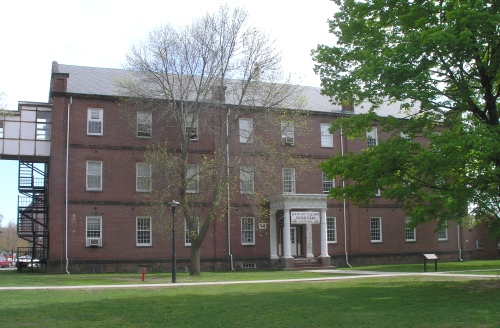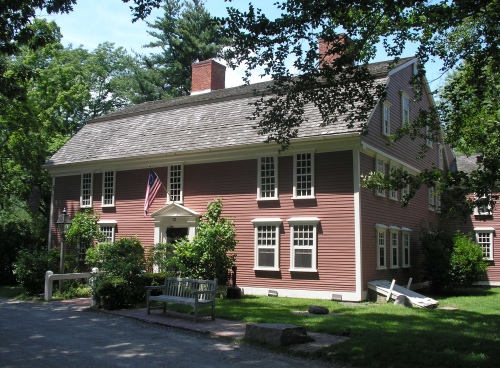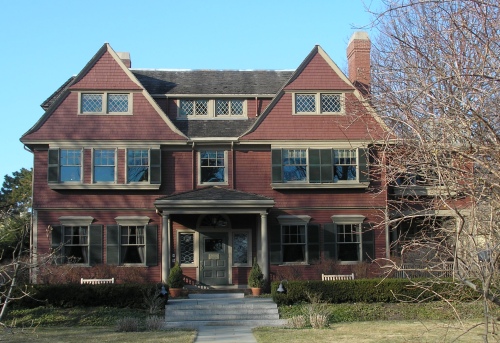Middle Arsenal, Springfield Armory (1830)

The Middle Arsenal at the Springfield Armory was constructed in 1830 and was the first three-story building on the Armory grounds. Used to store arms, it was here that Henry Wadsworth Longfellow visited during his second honeymoon in 1843 and that his wife, Fanny, compared the stored arms in their racks to a pipe organ. Encouraged to write an anti-war poem by his wife, Longfellow was inspired to use her imagery and write the poem, “The Arsenal at Springfield” (1845). After the completion of the Main Arsenal, in 1851, the Middle Arsenal was converted to other purposes, including being used during the Civil War, along with other earlier arsenal buildings, as part of an assembly line, leading to the Main Arsenal, where finished weapons were stored. The building is now part of the campus of Springfield Technical Community College.


